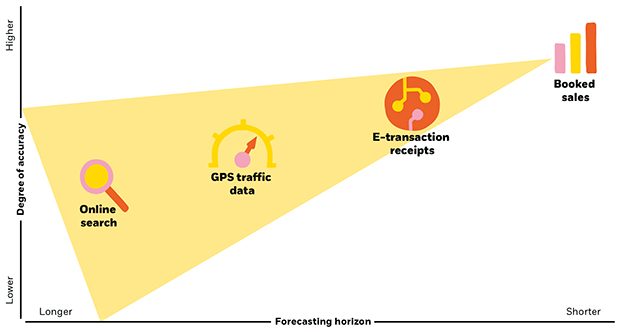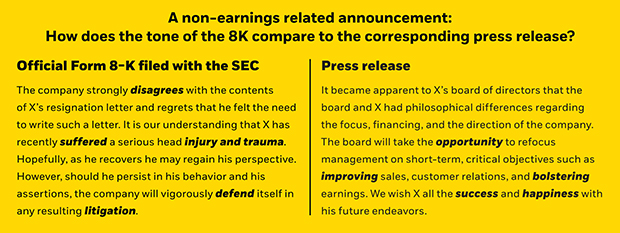Technology is transforming the way we work.
Asset managers are no exception as they seek
better investment outcomes for clients.
Each second, oceans of new data are being generated by the Internet, smartphones, satellites and other innovations. This data is commonly referred to as “Big Data” or “alternative data.”
Many asset managers are seeking to harness the power of Big Data by using technologies like natural language processing, image recognition and machine learning to analyze it and uncover new investment insights.
BlackRock’s Systematic Active Equity (SAE) investment team has been using these technologies to analyze alternative data for more than a decade. Over this time, the team has learned four key lessons about how to make the most effective use of these technologies within an investment process.
Lesson 1: Target the “right” data and multiple data sources
Investment teams looking to harness the power of Big Data must cast a wide net when seeking to find the right data to enhance investment outcomes. Why? The global economy and financial markets are highly complex, and the data they generate are often unstructured and noisy. It’s important to reach far to capture what is most relevant.
Yet data alone does not translate to alpha. It requires proper processing and analysis to arrive at investable insights. Once the “right” data is found, it is unlikely that a single dataset will produce accurate forecasts. SAE found that using multiple data sources to corroborate one another and answer the same investment question could significantly improve the quality of forecasts. The illustrative example below shows the various sources of information that can aid an asset manager in projecting a company’s sales growth.
The more data sources the better
Alternate data sources used to project sales growth

Source: BlackRock, as of September 2020. Provided for illustrative purposes only, not meant to depict actual data.
Lesson 2: Technology is only as good as the hands it’s in
The ability of technology to analyze a massive amount of data within seconds is impressive, but it is human expertise that brings technology’s power to life. Take machine learning. Not only can machine learning algorithms analyze reams of data in a flash and generate insights, they can determine relationships between a vast number of data inputs in a way that adapts to changing data patterns. Though the computational and adaptive capacity of machine learning exceeds human ability, the ultimate success of the application of machine learning (or any technology) relies on human expertise to develop and refine it.
Lesson 3: Technologies can – and do – lose their potency
Markets are continuously changing, and that means investment opportunities have a lifecycle. To keep up with new opportunities as others fade, an investment team needs to be relentless about 1) finding new data sources and 2) innovating the technologies used to analyze that data.
Consider, for example, the evolution of SAE’s natural language processing techniques for analyzing corporate language to help forecast company prospects. The initial work focused on measuring sentiment through counting the use of positive versus negative words that had been predefined by SAE researchers. As time went on, they began to focus on the source and target audience of the text. One finding: remarks by CEOs tended to be more positive and scripted, so focusing on the CFO’s remarks or the Q&A sections of the call proved consistently more useful. Comparing sentiment from one source (such as information given to the market) with another source (such as information given to a regulator) also helped identify instances of company spin versus hard facts. See the example below.

Source: SEC EDGAR. Paul Ma, Information or Spin? Evidence from Language Differences Between 8-Ks and Press Releases, 2012.
Lesson 4: Collaboration
breeds innovation
The reams of data generated by technologies like the Internet and smartphones can be structured to provide investment insights. While dedicated data and computer science expertise is required within an investment team to analyze the data, SAE’s experience in integrating teams with diverse skill sets has shown that having specific expertise on a team is not enough: Successful innovation (that is sustainable) requires a culture of collaboration and constructive debate. And, this can require many years to create.
